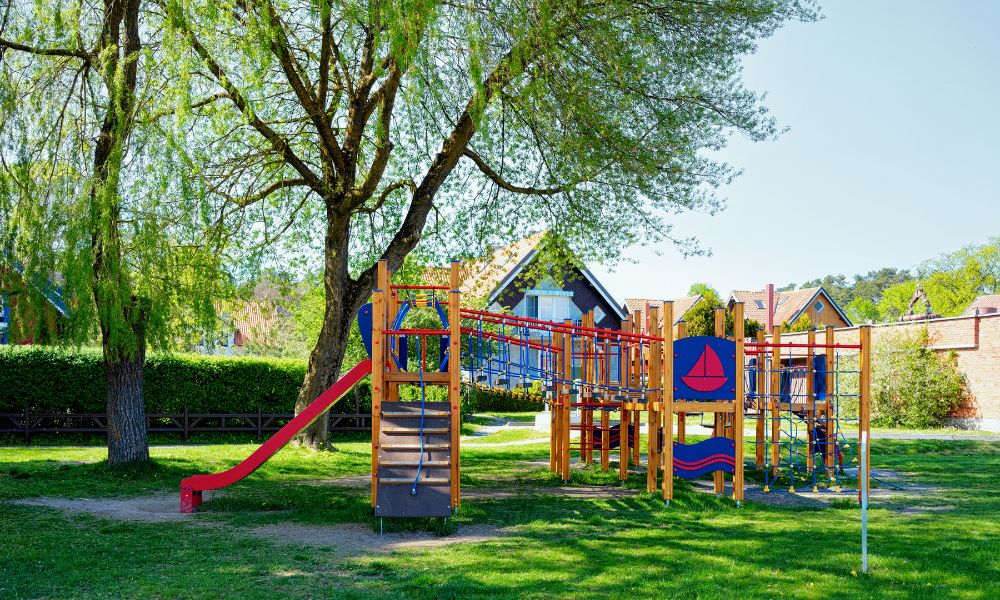Fun for Kids: Tips for Building Playground Equipment

Playgrounds are more than just a space for kids to expend energy; they’re vital arenas where children develop physical coordination, strength, and social skills. Building playground equipment that is safe, durable, and engaging is essential for fostering an environment conducive to growth and learning.
Let’s look at tips for building playground equipment to make playtime even more fun for kids.
Choosing the Right Materials
Choosing the right materials is the first and most crucial step in creating a safe playground. Playground equipment should be durable and contain non-toxic materials that can withstand constant use and exposure to various environmental elements. Additionally, selecting materials that don’t require frequent maintenance can save time and money in the long run.
When evaluating materials for playground equipment, consider the local climate and the potential for weather-related wear and tear. Metals should be able to resist rust and corrosion, while you must seal or treat wood to prevent rot and insect damage. Plastics and composite materials are favorable for their longevity and minimal upkeep, and UV-stabilized materials do not degrade in sunlight.
Designing for Inclusivity
Playgrounds should unite people, so it’s essential to design equipment that caters to children of all abilities. Inclusive indoor playgrounds offer many benefits, but most importantly, they allow all of a community’s children to play, learn, and interact alongside their peers. Ramp access, sensory activities, and wheelchair-friendly swings are just a few examples of inclusive elements you can incorporate into playground designs.
When designing for inclusivity, it’s also crucial to consider the layout and spacing of equipment. Allow for enough space between structures for wheelchair access and ensure that all pathways are wide enough to accommodate mobility devices. Including various play experiences, such as climbing, swinging, sliding, and balancing activities, can also provide opportunities for children with different abilities to participate in various ways.
Prioritizing Safety
Safety is paramount when building playground equipment, and there are several guidelines and regulations you should remember. The Consumer Product Safety Commission (CPSC) provides detailed safety standards for playground equipment, including requirements for fall zones, guardrails, and entrapment hazards.
In addition to following CPSC guidelines, it’s important to regularly inspect and maintain playground equipment to ensure its ongoing safety. This inspection includes checking for potential hazards, such as loose bolts or sharp edges, and promptly repairing or replacing damaged equipment.
Encouraging Creativity and Imagination
While safety is essential, leaving room for creativity and imagination when designing playground equipment is important. Children learn through play, and providing them with open-ended structures can spark their imaginations and foster problem-solving skills. Consider incorporating rock walls, natural materials such as logs and boulders, and open-ended structures like sand pits or water play areas.
Building playground equipment is a fun and rewarding project that can provide countless benefits for children. By choosing the right materials, designing for inclusivity, prioritizing safety, and encouraging creativity and imagination, you can create a playground that’s engaging and safe for children of all ages. Remember to regularly inspect and maintain the equipment, and don’t be afraid to make updates or additions to keep the playground fresh and exciting for years to come.




